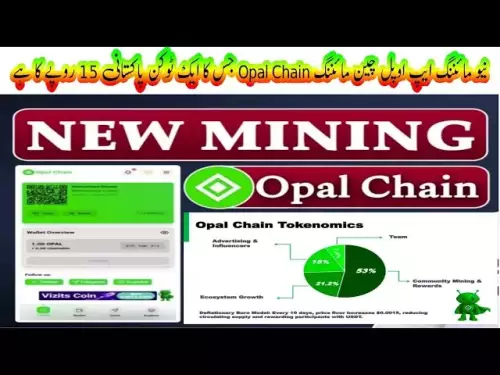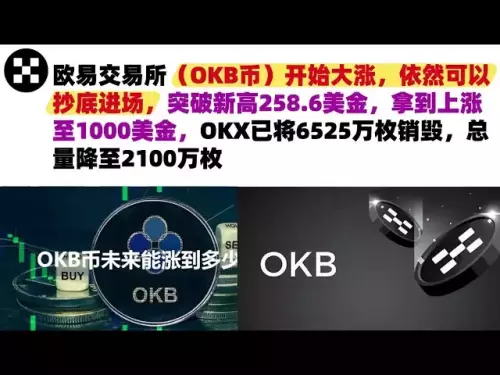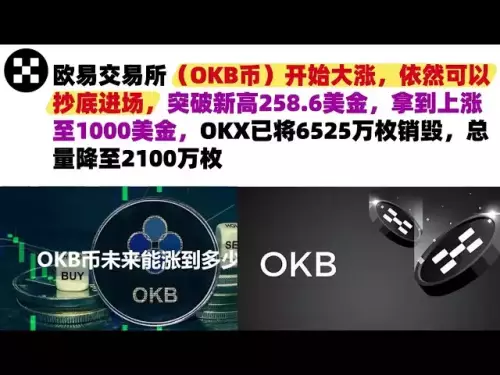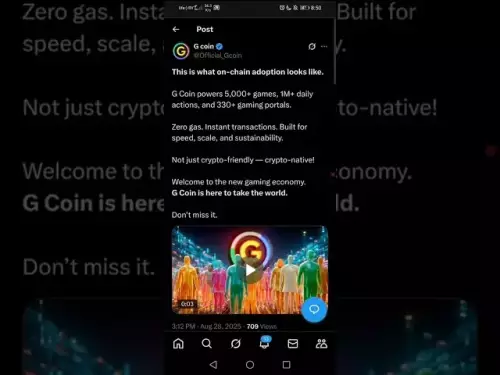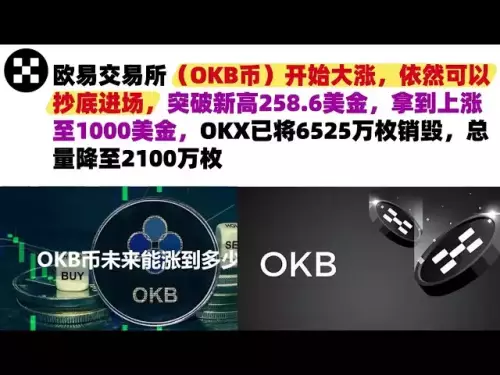-
 Bitcoin
Bitcoin $108500
-0.77% -
 Ethereum
Ethereum $4355
0.48% -
 Tether USDt
Tether USDt $1.000
-0.01% -
 XRP
XRP $2.792
-2.16% -
 BNB
BNB $854.3
-0.50% -
 Solana
Solana $199.3
-4.98% -
 USDC
USDC $0.9999
0.01% -
 Dogecoin
Dogecoin $0.2151
-0.04% -
 TRON
TRON $0.3388
0.55% -
 Cardano
Cardano $0.8131
-1.96% -
 Chainlink
Chainlink $23.14
-1.15% -
 Hyperliquid
Hyperliquid $43.70
-2.54% -
 Ethena USDe
Ethena USDe $1.001
0.01% -
 Sui
Sui $3.263
-1.87% -
 Stellar
Stellar $0.3547
-1.64% -
 Bitcoin Cash
Bitcoin Cash $535.1
0.36% -
 Cronos
Cronos $0.3115
5.81% -
 Avalanche
Avalanche $23.58
-0.90% -
 Hedera
Hedera $0.2229
-2.17% -
 UNUS SED LEO
UNUS SED LEO $9.499
0.52% -
 Litecoin
Litecoin $109.9
-0.27% -
 Toncoin
Toncoin $3.119
1.83% -
 Shiba Inu
Shiba Inu $0.00001235
1.29% -
 Uniswap
Uniswap $9.695
1.19% -
 Polkadot
Polkadot $3.757
-1.59% -
 Dai
Dai $0.0000
0.00% -
 Bitget Token
Bitget Token $4.526
-0.62% -
 Monero
Monero $260.5
-1.09% -
 Aave
Aave $313.9
1.18% -
 Ethena
Ethena $0.6563
1.13%
Mastering Bitfinex: Advanced Strategies for Experienced Traders.
Using post-only limit orders on Bitfinex helps traders reduce fees by acting as liquidity providers, lowering costs over time. (154 characters)
Aug 30, 2025 at 01:54 am
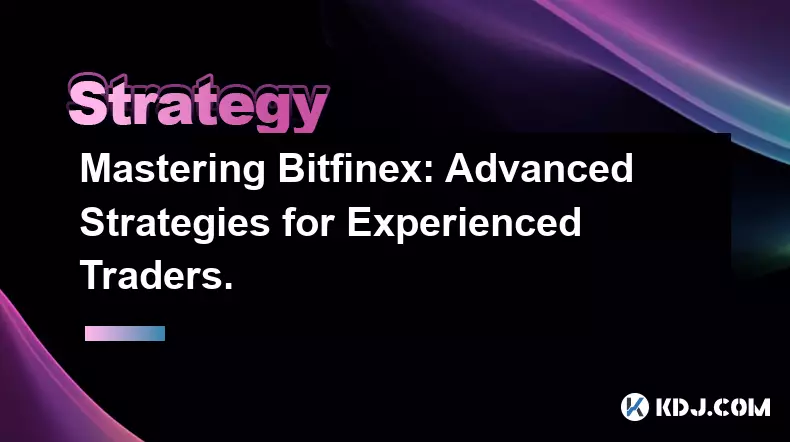
Optimizing Order Types for Maximum Efficiency
1. Utilizing limit orders allows traders to set precise entry and exit points, ensuring control over trade execution prices. This is particularly useful during periods of high volatility when market orders can result in slippage.
2. Stop-limit orders combine the functionality of stop orders and limit orders, enabling traders to define both a trigger price and a minimum execution price. This dual-layer protection helps mitigate risks associated with sudden price swings.
3. Trailing stop orders are ideal for capturing gains while protecting against reversals. By setting a trailing percentage or price value, the stop price adjusts automatically as the market moves favorably, locking in profits without requiring constant manual adjustments.
4. Hidden orders on Bitfinex allow large trades to be placed without revealing the full size on the order book. This prevents market manipulation from other traders who might front-run large visible orders.
5. Using post-only limit orders ensures that traders act as liquidity providers rather than takers, qualifying them for reduced or negative fees on certain trading pairs, which over time significantly lowers transaction costs.
Leveraging Margin Trading with Risk Controls
1. Bitfinex offers up to 10x leverage on select pairs, enabling experienced traders to amplify returns on well-researched positions. However, leverage magnifies both gains and losses, making disciplined risk assessment essential.
2. Setting automatic liquidation alerts through Bitfinex’s API or dashboard helps traders monitor their margin levels in real time. These alerts can trigger preemptive actions such as partial position closures before forced liquidation occurs.
3. Diversifying margin positions across uncorrelated assets reduces systemic risk. Concentrating leverage on a single cryptocurrency increases exposure to sudden sector-wide corrections.
4. Employing short positions during bearish market phases allows traders to profit from downward trends. Combining shorting with hedging strategies, such as holding long positions in stablecoins or low-volatility tokens, balances portfolio risk.
5. Monitoring funding rates on Bitfinex’s margin marketplace provides insight into market sentiment. High funding rates for long positions may indicate over-leveraged bullishness, signaling a potential reversal.
Integrating API Tools for Automated Execution
1. Bitfinex’s robust API supports REST and WebSocket protocols, enabling real-time data streaming and rapid trade execution. Advanced traders use these interfaces to build custom bots that react faster than manual trading.
2. Algorithmic strategies such as mean reversion, arbitrage, and momentum trading can be coded and deployed using Bitfinex’s API endpoints. These strategies thrive on consistency and speed, both of which automation enhances.
3. Implementing rate limit management in API scripts prevents connection throttling. Bitfinex enforces strict request limits, and exceeding them can result in temporary IP bans, disrupting trading operations.
4. Using authenticated API keys with restricted permissions—such as allowing trading but disabling withdrawals—adds a critical layer of security. This minimizes potential damage in case of a breach.
5. Backtesting strategies against historical data via Bitfinex’s public API ensures reliability before live deployment. Historical candle data, order book snapshots, and trade logs are accessible for comprehensive analysis.
Frequently Asked Questions
How does Bitfinex handle API rate limits?Bitfinex imposes rate limits based on the type of endpoint. Public endpoints allow higher request volumes, while private endpoints are more restricted. Users are typically limited to 900 requests per minute for private endpoints. Exceeding limits results in temporary blocking, so developers must implement delay mechanisms in their scripts.
What is the difference between isolated and cross margin on Bitfinex?Isolated margin assigns a fixed amount of funds to a specific position, limiting potential losses to that amount. Cross margin uses the entire available balance across all holdings as collateral, increasing leverage capacity but also the risk of broader account liquidation.
Can I trade futures on Bitfinex?Yes, Bitfinex supports futures trading through its derivatives platform. Traders can access USD-margined and token-margined futures contracts with varying expiration dates and leverage options. These contracts are settled in USDT or the underlying asset depending on the contract type.
Are there any hidden fees on Bitfinex?Bitfinex discloses all fees on its website. Taker fees start at 0.10%, while maker fees can be as low as -0.01% for high-volume traders. Withdrawal fees vary by cryptocurrency and are clearly listed. There are no undisclosed charges, though network fees for blockchain transactions may apply.
Disclaimer:info@kdj.com
The information provided is not trading advice. kdj.com does not assume any responsibility for any investments made based on the information provided in this article. Cryptocurrencies are highly volatile and it is highly recommended that you invest with caution after thorough research!
If you believe that the content used on this website infringes your copyright, please contact us immediately (info@kdj.com) and we will delete it promptly.
- Bitcoin, Trump & Trading: Decoding the Crypto Buzz
- 2025-08-30 21:25:13
- PENDLE Price: Buy Signal or Bad Move? A NYC Trader's Take
- 2025-08-30 21:25:13
- Avocado Coin Hack: Is Your Avocado Ripe Enough?
- 2025-08-30 21:30:13
- Solana, Ethereum, and DeFi Momentum: A NYC Perspective
- 2025-08-30 21:30:13
- Stablecoins Soar: Regulatory Clarity Fuels $44 Billion Surge
- 2025-08-30 21:45:14
- Pi Network Token Price Jump: What's Fueling the Surge?
- 2025-08-30 21:45:14
Related knowledge

Mastering Bitfinex: Advanced Strategies for Experienced Traders.
Aug 30,2025 at 01:54am
Optimizing Order Types for Maximum Efficiency1. Utilizing limit orders allows traders to set precise entry and exit points, ensuring control over trad...
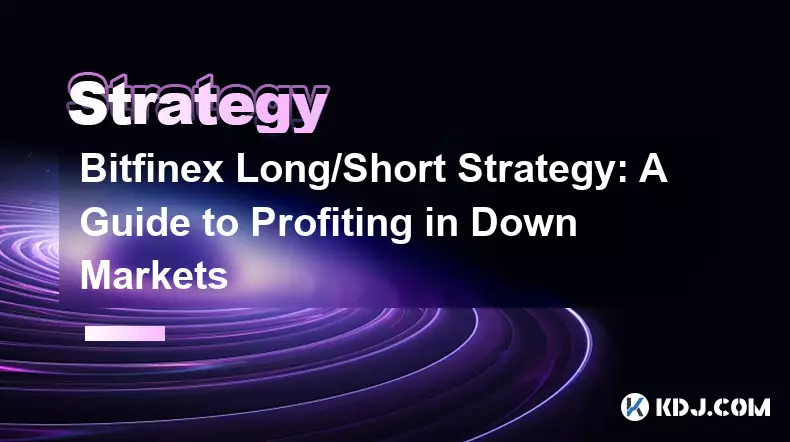
Bitfinex Long/Short Strategy: A Guide to Profiting in Down Markets
Aug 30,2025 at 09:55am
Understanding the Bitfinex Long/Short Ratio1. The Bitfinex long/short ratio reflects the proportion of long positions to short positions held by trade...

What is a good RSI level to buy Dogecoin?
Aug 28,2025 at 02:29pm
Understanding RSI in Cryptocurrency Trading1. The Relative Strength Index (RSI) is a momentum oscillator widely used in technical analysis to measure ...

How to use Bollinger Bands for Dogecoin trading?
Aug 30,2025 at 01:37am
Understanding Bollinger Bands in Dogecoin Trading1. Bollinger Bands consist of three lines plotted on a price chart: the middle band, which is a simpl...
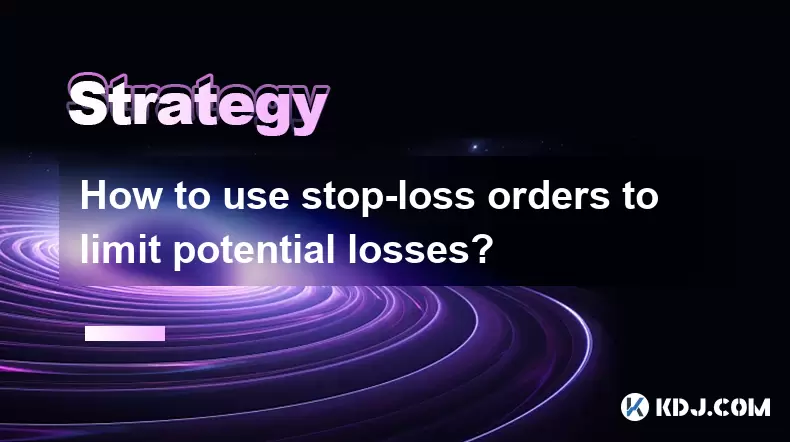
How to use stop-loss orders to limit potential losses?
Aug 08,2025 at 02:01pm
Understanding Stop-Loss Orders in Cryptocurrency TradingA stop-loss order is a risk management tool used by traders to automatically sell a cryptocurr...
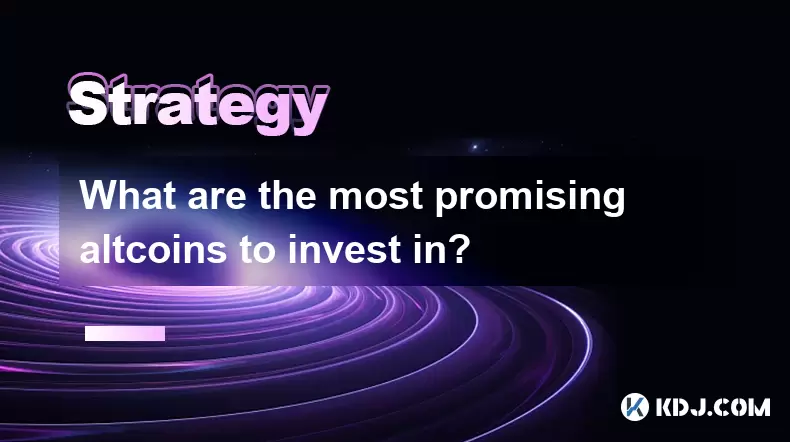
What are the most promising altcoins to invest in?
Aug 10,2025 at 11:42am
Understanding the Role of Private Keys in Cryptocurrency WalletsIn the world of cryptocurrency, private keys are the cornerstone of ownership and cont...

Mastering Bitfinex: Advanced Strategies for Experienced Traders.
Aug 30,2025 at 01:54am
Optimizing Order Types for Maximum Efficiency1. Utilizing limit orders allows traders to set precise entry and exit points, ensuring control over trad...

Bitfinex Long/Short Strategy: A Guide to Profiting in Down Markets
Aug 30,2025 at 09:55am
Understanding the Bitfinex Long/Short Ratio1. The Bitfinex long/short ratio reflects the proportion of long positions to short positions held by trade...

What is a good RSI level to buy Dogecoin?
Aug 28,2025 at 02:29pm
Understanding RSI in Cryptocurrency Trading1. The Relative Strength Index (RSI) is a momentum oscillator widely used in technical analysis to measure ...

How to use Bollinger Bands for Dogecoin trading?
Aug 30,2025 at 01:37am
Understanding Bollinger Bands in Dogecoin Trading1. Bollinger Bands consist of three lines plotted on a price chart: the middle band, which is a simpl...

How to use stop-loss orders to limit potential losses?
Aug 08,2025 at 02:01pm
Understanding Stop-Loss Orders in Cryptocurrency TradingA stop-loss order is a risk management tool used by traders to automatically sell a cryptocurr...

What are the most promising altcoins to invest in?
Aug 10,2025 at 11:42am
Understanding the Role of Private Keys in Cryptocurrency WalletsIn the world of cryptocurrency, private keys are the cornerstone of ownership and cont...
See all articles





















